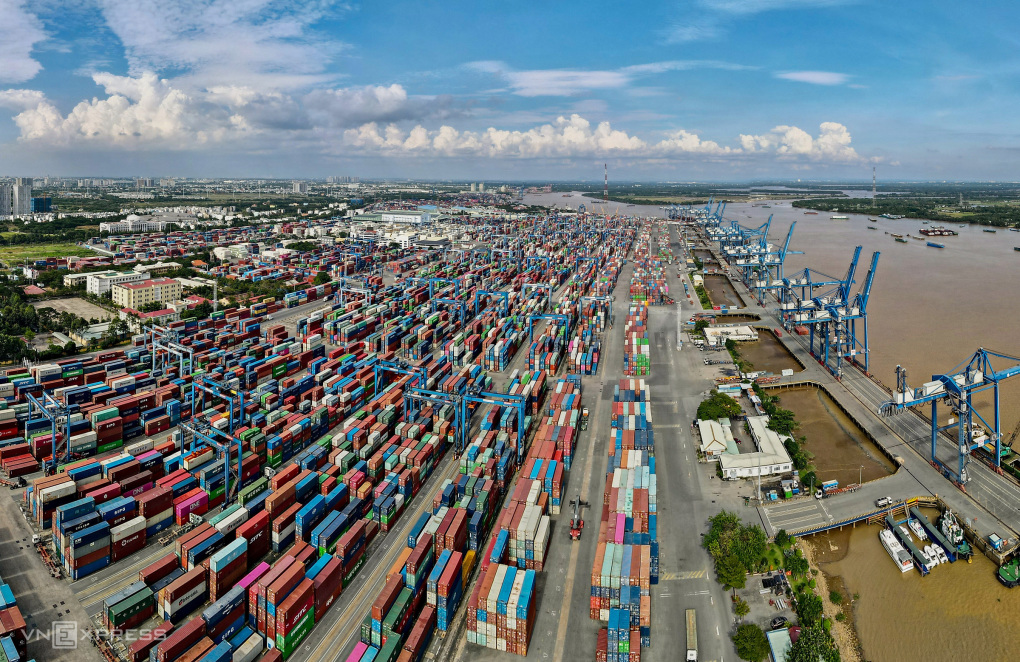According to the plan of the Ho Chi Minh City People's Committee, by 2030, logistics is positioned as an industry with an important position and role in the local economy and gradually participates deeply in the global supply chain.
To implement this, the city will invest in developing logistics and seaport infrastructure systems, increasing connectivity between economic, industrial, trade, service and distribution centers in the Southeast and the Southern Key Economic Zone.
This economic locomotive prioritizes implementing projects applying 4.0 technology, digital transformation, green transformation and using renewable energy.
By 2045, Ho Chi Minh City wants logistics to become a spearhead economic sector with high added value and international competitiveness. At that time, the locality hopes to become a logistics service provider of Asian and world stature.

Ho Chi Minh City leads the provincial Logistics Competitiveness Index (LCI) announced by the Vietnam Logistics Association (VLA), Vietnam Logistics Research & Development Institute (VLI) and Dream Incubator (DI) late last year.
There are about 9,600 enterprises in the logistics service sector, accounting for 36.7% of the total units in this sector nationwide. In terms of infrastructure, the city has Tan Son Nhat International Airport with the highest frequency of take-offs and landings in the country, approximately 260,000 and 42 million passengers (one and a half times the designed operating capacity) in 2023.
By sea, Cat Lai is the largest seaport in the country with a capacity of 6.4 million TEUs per year. Goods passing through this port account for 85% of the total output of southern ports and 50% of the country. Ho Chi Minh City is studying the construction of Can Gio port that can receive container ships with a capacity of up to 250,000 DWT (24,000 TEUs), with an investment capital of nearly 5.5 billion USD.
According to data from the Ho Chi Minh City Statistics Office, in the first 8 months of the year, total revenue from logistics services reached nearly VND289,400 billion, up 37.5% over the same period last year. Of which, freight transport increased by 12.3%; warehousing services, transportation support... nearly 54%.
This year, the city aims for economic growth of 7.5-8%. To achieve this goal, Ho Chi Minh City has proposed many solutions to promote public investment and consumer services in the second half of the year.
Telecommunications




